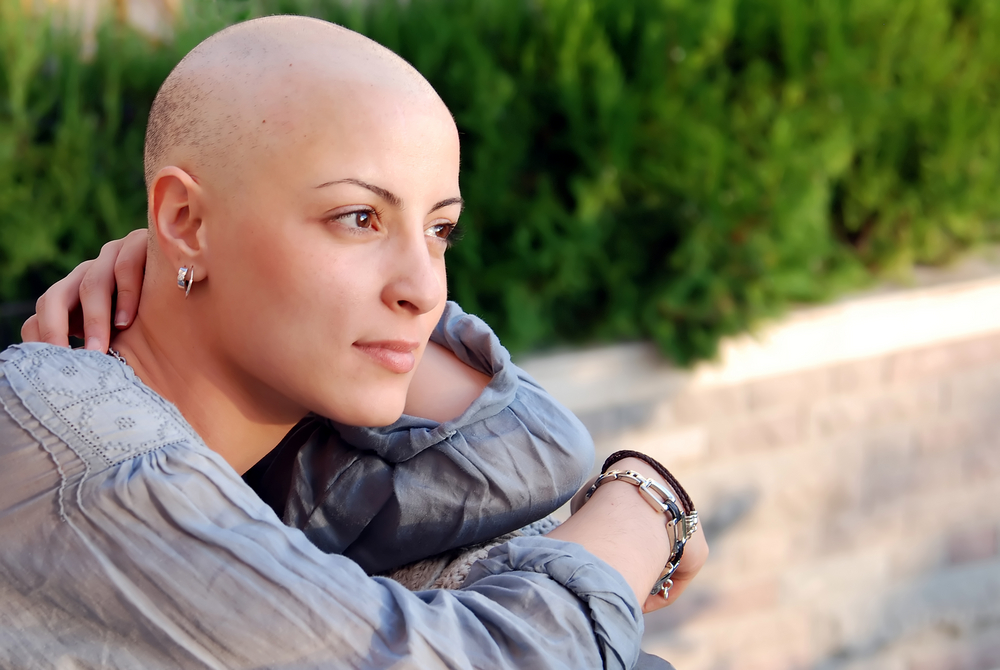
Treatment of Breast Cancer
Breast Cancer Treatments
The treatment of breast cancer will be individualized and based on genetic factors, grade, and stage identified in the diagnosis. There are five main categories of treatment; surgery, chemotherapy, radiation therapy, hormone therapy, and targeted therapies. Any combination of these can be chosen by the patient and the doctor for the best potential outcome.
Surgery
Surgery to remove the mass is the most common form of treatment for breast cancer. This procedure involves removing the mass as well as the nearby healthy tissue called the margins. The margin is removed in hopes of eradicating the entire tumor and preventing further spread of the cancer. The pathology report will identify if the surgery resulted in “clear margins”, which means that the tumor has not begun to spread outside of the main mass. Occasionally, in more advanced stages of cancer, chemotherapy will be used before surgery to shrink the tumor before its removal.
There are three potential surgical options available and range from removing portions of the tumor to removing the entire breast. A lumpectomy, otherwise known as a partial mastectomy, is the least aggressive surgery option available. It only removes the main lump along with the healthy marginal tissue surrounding the tumor. A mastectomy removes the entire breast and tissue in hopes of removing a tumor that has spread beyond its main mass. There are four types of mastectomy options, the most aggressive will remove the entire breast, areola, nipple, and surrounding axillary lymph nodes. For women planning to have reconstructive surgery post treatment, an option for a skin-sparring mastectomy is usually available. This procedure removes all breast tissue but leaves the breast skin intact. In more advanced forms of breast cancer, surgery to remove adjacent lymph nodes is often performed to identify if the cancer has spread to the lymphatic system.
Often after a mastectomy, many woman will choose to have breast reconstructive surgery to cosmetically replace the missing breast tissue. Options for this surgery include using breast implants, skin grafts, and the addition of nipples to ensure that the reconstructed breast matches that of your body. However, if breast reconstruction is not available or not wanted, then the option of wearing removable prosthetic breasts, which can be worn through the assistance of a specially designed bra, is available.
Chemotherapy
Chemotherapy is a collection of drugs that can be used in combination to slow cell growth and destroy cancer cells. Generally, chemotherapy is given as an IV treatment, which means it will travel throughout the entire body through the bloodstream. There are many chemotherapy options that can affect the strength, dosage, timing, and overall treatment plan of the drugs based on the particular tumor type, grade, size, and genetic factors regarding each particular tumor. Essentially, chemotherapy treatment for breast cancer can be highly personalized to each individual cancer.
Chemotherapy is typically prescribed in short doses over the course of several weeks or months. This particular timing allows for the normal, healthy cells within the body a chance to recover and regrow from the chemotherapy treatment. Although targeting the harmful cancer cells, chemotherapy can also kill off health cells resulting in severe side effects such as anemia, hair loss, severe intestinal discomfort, and numbness in the hands and feet.
Radiation therapy
Radiation therapy kills cancer cells by targeting the tumor directly with high-energy rays. Unlike chemotherapy, which travels throughout the blood stream, radiation can be used to treat a highly specific region of the body. Although radiation can treat any tumor type, generally it is given to women with Stage 0 DCIS, or stage 1 cancer, as well as those who have had a lumpectomy.
Beginning three to four weeks after surgery, radiation therapy works by destroying otherwise undetectable cancer cells. The two types of radiation therapy include the External Bearm Breast Cancer Radiation and Internal Breast Cancer Radiation. The exterior radiation works by delivering cancer-killing rays through the use of a large radiation machine in which the patient lies or stands during treatment. The interior radiation kills cancer cells by injecting a radioactive drug into the specific affected area. An additional subtype of the interior radiation method includes brachytherapy. This treatment option implants a device inside the tissue where the tumor sat before surgery. While here, it releases targeted radiation to the surrounding tissue and can be employed as a single dose directly after surgery or as repeated doses for up to seven days.
Hormone Therapy
In healthy individuals hormones have a crucial role in regulating cell cycles and growth. In tumors however, unregulated growth can develop over-stimulation of cancer cells by hormones. This occurs when the cancer cells mutate to allow for higher levels of hormone receptors to be present on the surface of the cell. The two most common mis-regulated hormone receptors in breast cancer are the estrogen receptor (ER) and the progesterone receptor (PR). Upon receiving a breast cancer diagnosis, the physician will likely run further tests to identify if the particular cancer is ER positive or PR positive. If the cancer cells are positive for either of these hormone receptors, then hormonal therapy is a potential choice of treatment.
Tamoxifen is the most common hormone therapy drug, which blocks the estrogen from binding to the estrogen receptor on cancer cells. This pill can be taken on a daily basis for five years post surgery. Generally, hormone therapy and chemotherapy are combined to result in a greater effect in inhibiting cell growth and killing the cancer. However, as hormones are a crucial part in regulating a woman’s monthly cycles, not every hormonal therapy is available to pre-menopausal women.
For postmenopausal women, hormone inhibitors that block estrogen and progesterone production and can be prescribed as a breast cancer treatment. These therapies block the cancer cells from receiving necessary hormones for growth, however they also prevent normal cells from receiving the hormones as well. An example of this class includes the aromatase inhibitor, which prevents a form of estrogen, known as estradiol, from being created. For pre-menopausal women, tamoxifen is the most common choice of hormonal therapy. Another drug called an LH-RH agonist can also be taken to prevent the ovaries from producing estrogen. In more extreme cases the removal of the ovaries may be employed as a method to reduce the body’s level of estrogen.
Targeted Therapy
Finally, the most specific form of breast cancer treatment is targeted therapy. As each cancer contains numerous genetic mutations and characteristics that describe and direct the cancer’s progression, treatments targeting these specific alterations have been developed. For example, many breast cancers have alterations within the HER2 gene that result in an abnormal amount of HER2 protein to be produced. Recently developed drugs called Trastuzumad or lapatinib have been used to target cancer cells with too much HER2 protein. These treatments are called “monoclonal antibody” treatments, which means that they are designed to specifically target only cancer cells with an abundance of HER2 protein.
Another, less specific targeted therapy works to prevent tumor growth and spread by preventing the formation of blood vessels within the tumors margins. Normally, as a large tumor mass grows it begins to require nutrients and molecules from the bloodstream to survive. Therefore, the cancer cells will promote the formation of blood vessels to provide these resources to the growing tumor cells. Bevacizumab has been developed as a treatment that prevents this development, essentially removing the source of nutrients from the tumor and resulting in tumor cell death.




